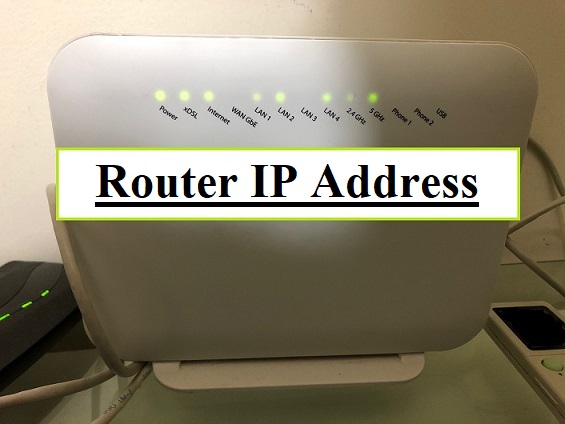Static route cisco
Cisco has been the most consistent and trusted name in the networking community for years, which is why many companies have come to rely on it for their enterprise level networking needs. But while this history is very impressive, Cisco’s popularity is not entirely a product of its success. Cisco has always been a pioneer in different aspects of information technology, and its reputation as the world’s top information technology firm does not merely owe itself to good business practices. Rather, Cisco’s success has more than anything to do with the various innovations it brings to the table in terms of network traffic management and packet routing. These innovations have made large chunks of what used to be available only within the realm of IT departments and networks, available to the everyday consumer.

In fact, Cisco uses a very simple form of IDispatch to generate a traffic routing policy. If you have ever used a router or switch to send or receive information across a network, then you already know all about IDispatch. The purpose of this tool is to allow a user (even an IT administrator) to create a custom IDispatch that will direct traffic based on pre-determined criteria. This allows a single network administrator to create a custom security policy that will work no matter how diverse the traffic in the area being networked may be. In other words, Cisco can create a single traffic policy that will be effective whether there are five hundred customers or five thousand.
One of the things that make Cisco products so popular is the fact that they use a very simple mechanism for generating a static route. A static route basically functions like an entry or exit point on a network. When a packet of data requests to enter the network (some requests will be successful and some will be denied), the Cisco system first looks to see if it already has a static route in place.
Static route cisco
If the system cannot find a static route to follow, then it looks at some default routes that it has. These are generally used for default gateway operations. If there are no routes specified, or if the requested packet cannot be delivered to any of the specified gateways, then the packet is forwarded to a normal destination in the company. Some types of traffic are never allowed into or out of a given system or region, and this is where the benefit of a static route comes in. If there are no normal access routes, a static route will allow packets that would not be able to get through to the intended destination to be allowed through. The packets will be directed to the destination through a static route that was carefully chosen to match the IP address of the client.
In order to get a packet to go from the Cisco router to the right destination, some sort of header must be provided along with the packet. That header does not have to be complicated, but must provide enough information to let the network administrator know what the contents of the packet are. If an IP-based default gateway is not configured, then the IP of the client and the destination IP must be matching using a TCP/IP based header. This is known as a hop-by-hop rule, and it is one of the reasons why Cisco routers are so useful.

Sometimes, the network administrator will configure both a normal and a static route. With this type of configuration, the network will only use one of the IP addresses for a particular session. It doesn’t matter which IP address is used for that particular session because that particular IP will always be mapped as the gateway for that session. This means that the session can be freely hijacked by anyone on the network and that the information sent will never be subject to any security restrictions. With this type of setup, the network administrator can establish different connections to different computers on the same LAN without any security risks, and the data can be sent between computers securely over the network.
A static route can be defined in the equipment setup for a Cisco device. There are different procedures for configuring static routes on the different types of switches and devices that make up a Cisco network. A static route can also be specified in the routing protocol that is used by many Cisco switches and devices. In fact, many types of devices use this routing protocol to provide virtual private networks (VPNs).
A static route can affect some types of daemons. An IP packet that enters a system through an ISP can have the IP of the public router added to the network address. The system administrator can change this route during the connection process so that the IP address of the public router is always associated with that system’s own IP address. To summarize, a static route can establish a connection between two systems on the same network without requiring knowledge of the external IP address of either system. It can also affect daemons that can use the internal network address for accessing other daemons on the system or to establish connections between different systems on the same network.
<
